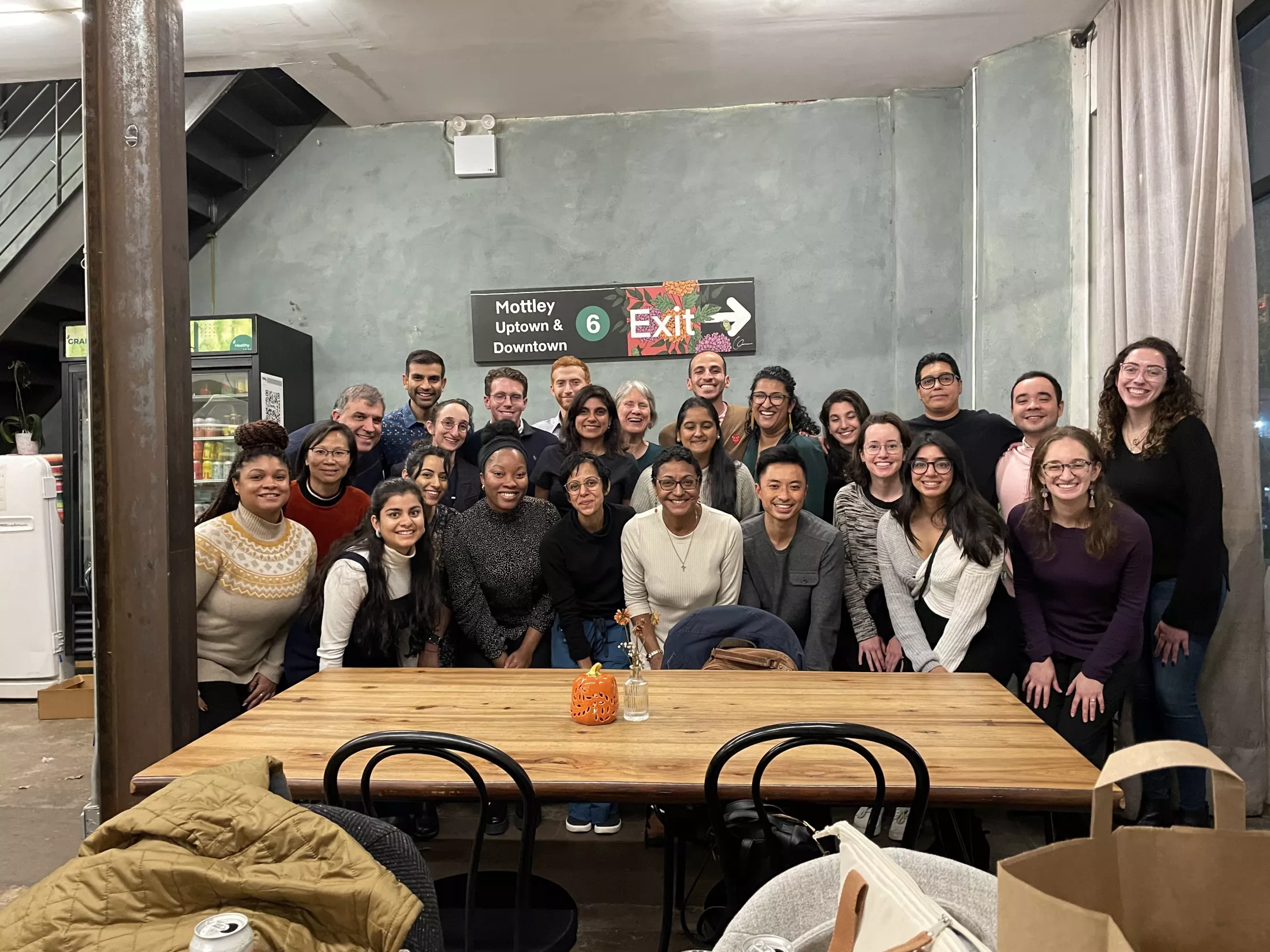
Primary Care & Social Internal Medicine
History
The Department of Social Medicine was established in the 1950’s and attempted to create a “hospital without walls.” Initiatives of the department paralleled the larger social initiatives both born out of the civil rights movement, with the goal of addressing the social issues that impacted the health of the people of the Bronx. The department developed programs including the Community Health Participation Program, the Child Care Health Project, the Addiction Services Agency Consultation and Training Project, methadone maintenance programs, and prison health programs at Rikers Island. Additionally, the department created social medicine curricula across the New York City area.
Inspired by the idea that healthcare should be delivered outside of the hospital, community health centers were first developed in 1965. Our Dr. Martin Luther King, Jr. Health Center opened in 1967 and became the first home to the Residency Program in Social Medicine in 1970. The MLK Health Center closed down due to the financial crisis of the times but was succeeded by the Comprehensive Health Care Center in the South Bronx, becoming the home for our track’s ambulatory care site in Social Medicine in 1991.
In the Institute of Medicine 1996 Report, Primary care: America’s Health in a New Era, primary care was seen as the “logical foundation for the U.S. health care system of the future” and that “physician education can bridge this historical divide and promote an integrated continuum from primary care to public health.” We recognized that primary care serves as the ideal vehicle to providing care, with the foundation of social medicine education. The Primary Care Track was created during the 90’s, and in 2011, the Primary Care/Social Internal Medicine Program was fully combined, sharing one curriculum, ambulatory site, leadership, and faculty.

